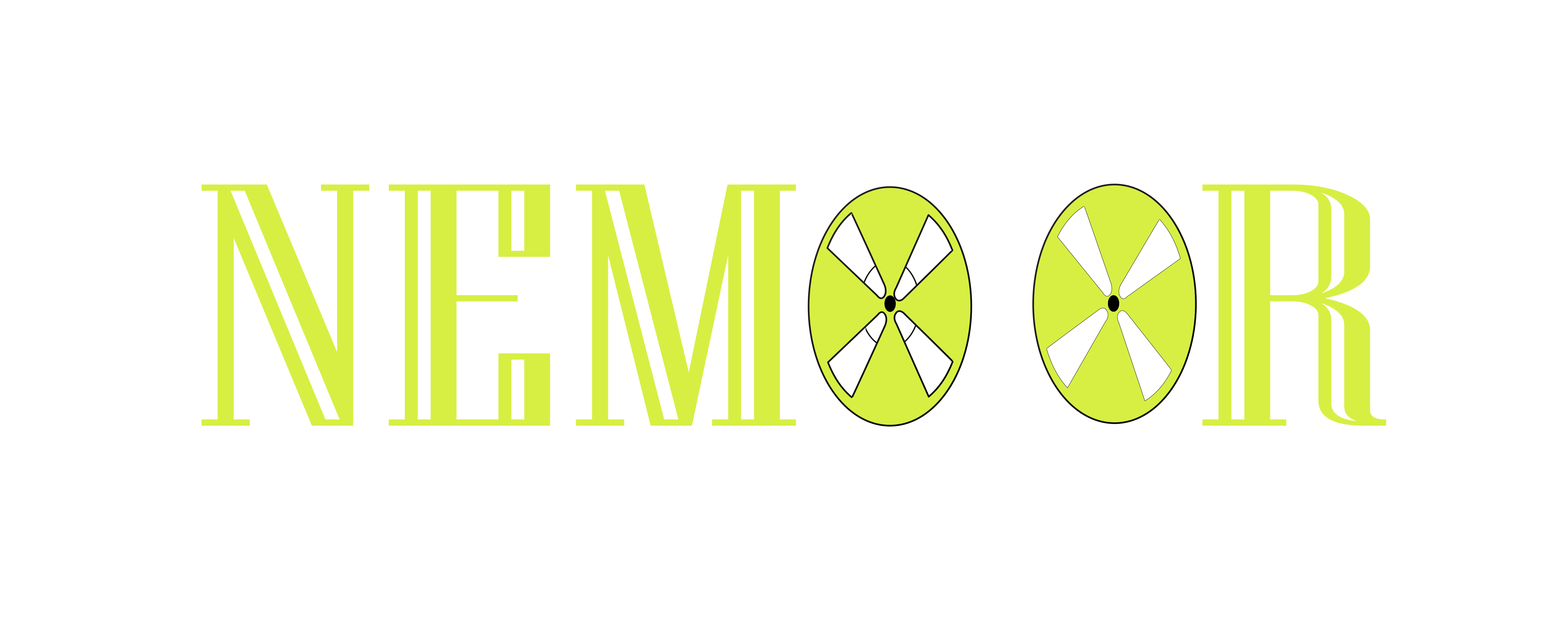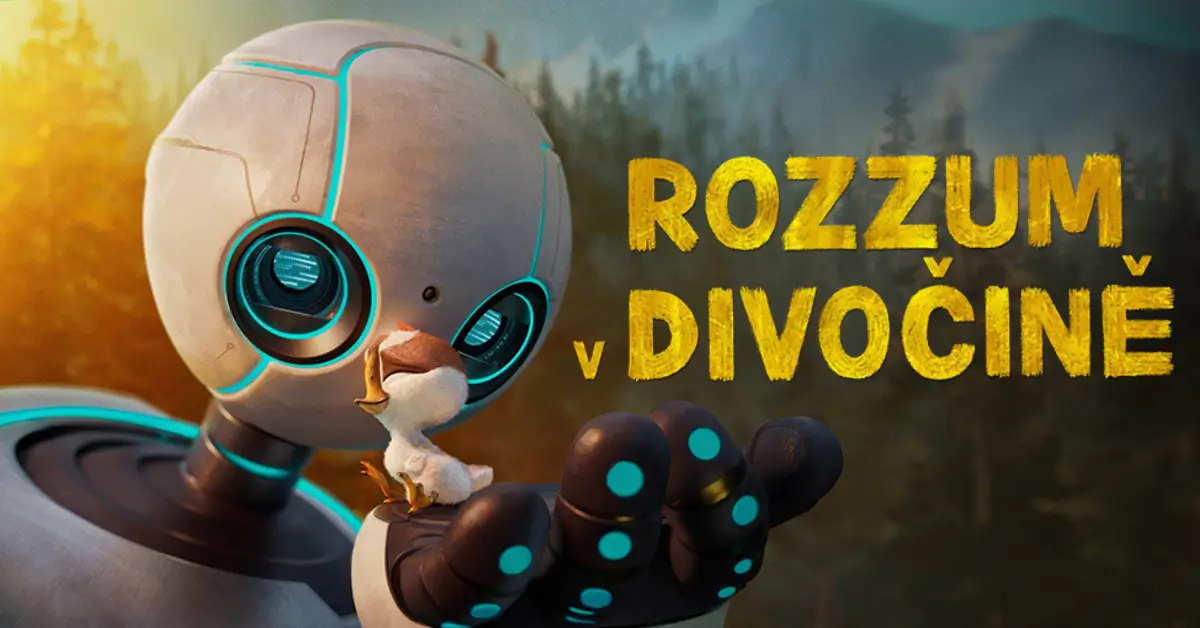The Wild Robot: A Cinematic Journey Through Adaptation, Identity, and Emotional Growth
In a film landscape often dominated by sensory overload and frenetic pacing, The Wild Robot stands apart as a thoughtful meditation on what it means to adapt, connect, and grow emotionally. This 2024 DreamWorks Animation release offers viewers more than just visual splendor it provides a nuanced exploration of mental health themes through the unlikely journey of a robot finding purpose in the natural world.
Thank you for reading this post, don't forget to subscribe!Basic Film Information
Title: The Wild Robot
Release Date & Production Year: 2024
Director: Chris Sanders (known for “How to Train Your Dragon” and “Lilo & Stitch”)
Production Company: DreamWorks Animation
Source Material: Based on Peter Brown’s acclaimed children’s novel of the same name
Main Cast & Characters: Animation feature with voice actors (specific casting details not provided)
Genre: Animated Family Adventure
Runtime & Rating: Not specified in the provided information, but likely PG for general audiences
Plot Summary: A Machine’s Emotional Awakening
The Wild Robot follows the extraordinary journey of ROZZUM unit 7134, known simply as “Roz,” a sophisticated robot who becomes shipwrecked on an uninhabited island. Initially programmed for efficiency and logical processing, Roz faces the ultimate challenge: adapting to the unpredictable natural world without human guidance or technological infrastructure.
Mental Health Themes
The film’s narrative elegantly weaves several profound psychological themes:
- Identity Formation: Roz’s evolution from a programmed machine to a being capable of emotional connection raises fundamental questions about the nature of identity and self-awareness.
- Adaptation & Resilience: The story showcases how adaptation to new circumstances requires not just practical skills but emotional flexibility and resilience.
- Grief & Caregiving: When Roz adopts an orphaned gosling, the film explores themes of loss, nurturing, and the healing power of caregiving relationships.
- Empathy Development: Perhaps most striking is Roz’s gradual development of empathy a capacity traditionally considered uniquely organic highlighting the universal nature of emotional growth.
Through these themes, The Wild Robot invites viewers to consider mental health concepts like emotional intelligence, adaptation to trauma, and the psychological importance of connection all through an accessible narrative framework.
Setting & Cinematic Techniques
Visual Storytelling
Director Chris Sanders, known for his distinctive visual style in films like “How to Train Your Dragon,” brings emotional depth to The Wild Robot through thoughtful animation techniques:
- Expressive Character Design: Though Roz begins as a mechanical entity with limited expressiveness, subtle visual cues chart her internal transformation, from rigid movements to more fluid, organic gestures.
- Natural Landscapes: The film contrasts Roz’s geometric, manufactured form against the island’s lush, irregular natural environment, creating a visual metaphor for her psychological journey.
- Color Palette Progression: Visual storytelling techniques likely include shifts in color palette to reflect emotional states and Roz’s growing connection to her surroundings.
These cinematic choices create a rich visual language that helps viewers connect with Roz’s emotional evolution, despite her non-human nature.
Acting & Character Portrayal
Animation and Emotional Authenticity
While The Wild Robot is an animated feature, the portrayal of its characters particularly Roz demonstrates how thoughtful character development can convey psychological depth without traditional acting performances.
The animation team faces the unique challenge of showing emotional growth in a character initially designed to have no emotions. The film’s success hinges on this gradual transformation being believable and resonant for audiences of all ages.
Psychological Accuracy
Though specific consultations with mental health professionals are not detailed in available sources, the nuanced portrayal of Roz’s emotional journey suggests careful attention to psychological authenticity. The film appears to avoid simplistic or stereotypical representations of emotional development, instead presenting a complex process of adaptation and growth.
Mental Health Representation: Strengths & Weaknesses
Strengths in Portrayal
The Wild Robot offers several noteworthy strengths in its mental health representations:
- Universal Accessibility: By exploring complex psychological themes through a non-human protagonist, the film makes these concepts approachable for younger viewers while remaining meaningful for adults.
- Destigmatization Through Metaphor: Roz’s journey can be read as a metaphor for neurodivergence or psychological difference, promoting understanding rather than judgment.
- Process-Oriented Growth: The film portrays emotional development as an ongoing process rather than a binary state, reflecting the reality of mental health journeys.
Potential Limitations
While the film appears to handle its themes with care, potential limitations might include:
- Simplified Resolution: As a family film, there may be pressure to provide neat resolution to complex emotional challenges.
- Metaphorical Distance: While using a robot protagonist creates accessibility, it might also create distance from the direct human experience of emotional challenges.
Critical Reception & Impact
Critics have praised The Wild Robot for its emotional resonance and thoughtful character development. The film has been recognized for successfully balancing entertainment value with meaningful exploration of psychological themes, making it appealing across age groups.
By presenting a story where emotional intelligence is valued alongside practical adaptation, the film contributes positively to broader cultural conversations about mental health and well-being.
Cultural & Social Impact
Community and Belonging
One of the film’s most powerful themes is the psychological importance of community. Roz’s integration into the island ecosystem illustrates how belonging and mutual support are essential to mental health and well-being.
This emphasis on community could have particular relevance in our increasingly isolated modern society, where loneliness has been recognized as a significant public health concern.
Environmental Psychology
The film also explores the psychological relationship between beings and their environment, touching on concepts from environmental psychology about how our surroundings shape our mental states and identity formation.
Personal Reflection & Final Thoughts
What makes The Wild Robot particularly valuable from a mental health perspective is its gentle suggestion that emotional growth is possible for everyone, regardless of their starting point or background. Roz’s journey from programmed robot to caring guardian offers hope and insight about the human capacity for adaptation and connection.
The film provides a thoughtful entry point for families to discuss important psychological concepts like:
- How do we adapt to unexpected changes?
- What does it mean to care for others?
- How do we develop empathy and understanding?
- Can we grow beyond our initial programming or circumstances?
For viewers struggling with their own life transitions or questions of identity, Roz’s story offers both comfort and inspiration.
Conclusion
The Wild Robot represents an important contribution to family cinema that takes mental health themes seriously. By exploring adaptation, identity, and emotional growth through the compelling journey of a robot finding her place in the natural world, the film invites viewers of all ages to reflect on their own capacity for connection and change.
In a media landscape where mental health is often either stigmatized or oversimplified, The Wild Robot offers a nuanced alternative a story that acknowledges the challenges of emotional growth while affirming our shared capacity for resilience and adaptation.
What do you think about this portrayal of emotional development through a non-human protagonist? Does this approach make psychological themes more accessible, especially for younger viewers? Share your thoughts in the comments below.

